

Ford Hybrid
Electric Vehicles
There's a lot of information about electric vehicles out there. And trying to choose a vehicle to fit your lifestyle isn't easy. That's why at Monaghan Bros we've put together all the facts you need to help you choose the car that's right for you.
Ford plans to release 16 fully electric vehicles within a global portfolio of 40 electrified vehicles by 2022. Our all-new
fully-electric performance utility vehicle arrives in 2020 with a targeted range of 300 miles.
WHAT'S THE DIFFERENCE?
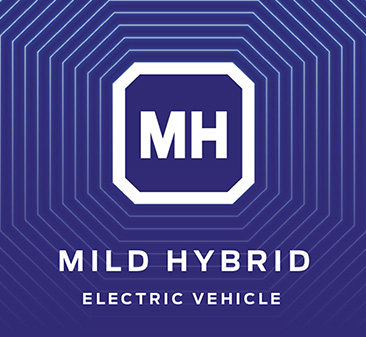
MILD HYBRID (MHEV)
A small electric motor that helps improve efficiency versus a conventional internal combusion engine. Mild Hybrid vehicles have two sources of power that work together - a conventional engine and a battery driven electric motor. The electric motor does not power the car. It simply assists it.

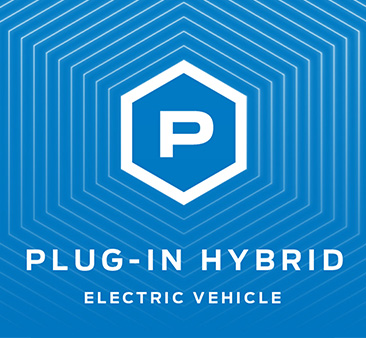
PLUG-IN HYBRID (PHEV)
Plug In. Charge up. Improves efficiency versus a mild hybrid or hybrid engine. Plug-in Hybrids have the two sources of power like a hybrid, but with a larger high voltage battery, enabling you to drive longer distances on all-electric power.
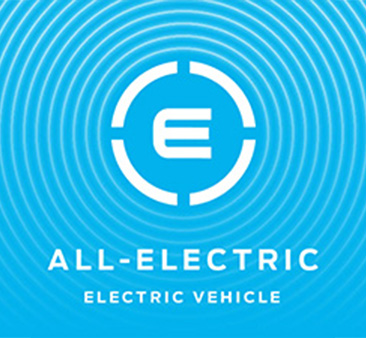
ALL-ELECTRIC (BEV)
100% Electric. Just charge it up and go. All-Electric cars are powered by electricity alone. This means they have to be charged before you can drive.
CHARGING THE BATTERY
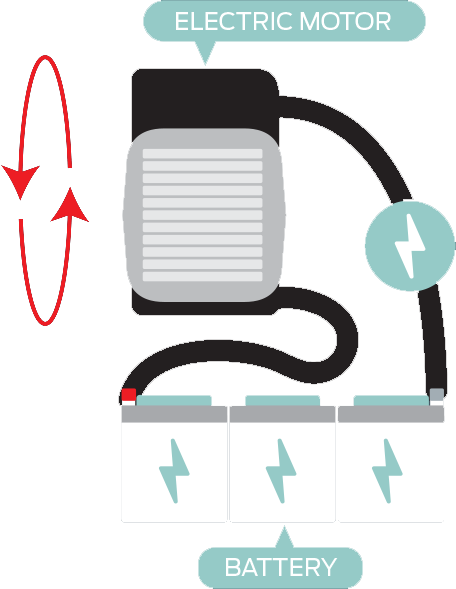
REGENERATIVE BRAKING
All four electric vehicle types use regenerative braking to charge the battery. While braking, the motor is still spinning even though the car is trying to slow down. Regenerative braking captures this typically wasted energy to create electricity, which charges the battery.
MILD HYBRID AND HYBRID
There's no need to plug in your vehicle for charging. Hybrid vehicles are able to recharge the battery in two ways:
- Regenerative Braking
- Conventional Engine
The conventional engine powers the generator which transforms mechanical energy into electrical energy to charge the battery.
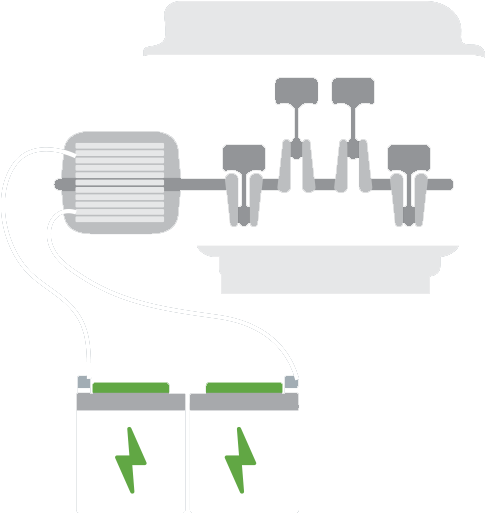

PLUG-IN HYBRID
The larger battery in Plug-in Hybrids can be plugged-in to charge. Once the battery is depleted, the vehicle behaves like a conventional hybrid with the engine running when required.
ALL-ELECTRIC
All-Electric vehicles are powered by electricity alone and don’t have a petrol engine. They must be plugged in to charge the battery.
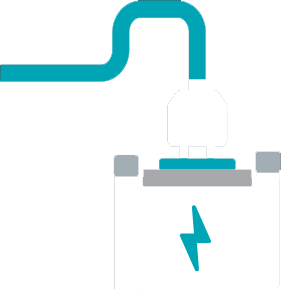
PLUG IN CHARGING OPTIONS

230V Wall outlet
Plug-in Hybrids and All-Electric vehicles can be charged on a 230V outlet. This takes longer than when using a Wallbox.
Wallbox
For faster charging at home you can install a wallbox, which is capable of charging your vehicle overnight.


Public charging stations
Public charging stations, available in many cities and work places, can charge your vehicle much faster than at home. They can deliver an 80% charge in just 30 minutes. The price and charging capability can vary.
IONITY High-power charging stations
Ford Motor Company are building a High-Power Charging network across Europe. 400 charging stations will be capable of delivering faster charging of up to 350 kW. These stations will be compatible with both current and future electric vehicles.

What is the range of a Hybrid/Electric Ford?
MILD HYBRID
Mild Hybrid vehicles cannot be driven solely by the electric battery and motor,they utilise a conventional engine.
HYBRID
A Hybrid is capable of driving short distances on electric power alone.
PLUG-IN HYBRID
When fully charged, Plug-in Hybrids can operate on electric power for journeys of approximately 30 miles. Once the battery runs out of charge,
the vehicle will behave like a hybrid with the conventional engine running when necessary.
ALL-ELECTRIC
The range on a fully charged All-Electric vehicle varies from 100 miles on older models to approximately 300 miles on newer models.






/2022.25/5 door/st-lineedition/magnetic/showroom/0.png.di.medium-thumb.png)






